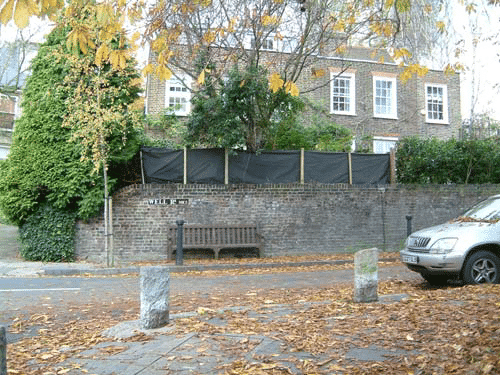
26 Jul What Are Serious Structural Defects, and What Is Done to Repair Them?
A building might suffer from minor defects that can be easily rectified, but some issues are serious enough to threaten the structure’s integrity and safety. These are generally referred to as serious structural defects. They may be caused by poor-quality materials or workmanship, but environmental factors can also play a part — or simply wear and tear over time.
Repairs are sometimes expensive, but ignoring them is likely to mean you end up with nothing but a pile of rubble — far more costly in the long run. So what are the various types of serious structural defects, and what can be done to repair them?
Foundation Issues
If you find substantial cracks in the walls, doors and windows not closing properly, or floors becoming uneven, this is possibly caused by cracking or movement of the foundations. Various factors can cause this, but the most common are weak or waterlogged soil, tree roots extracting moisture from shrinkable strata or excavations beneath the building — old mine workings, for instance. Leaking drains can also wash away the ground around or under the foundations causing movement.
Although the damage this causes will need to be addressed, the priority is to stabilise the foundations, usually by underpinning. There are a number of underpinning techniques, depending on conditions, but in domestic situations, very often the most effective and least disruptive approach is mini-piling. Here, piles are either driven or bored through the weak soil to distribute the load down to a stronger level.
Cracks and Bulging in Walls
Cracks in walls may or may not be caused by issues with the foundations, but either way, they’ll need to be repaired, especially if they’re wide or growing. At the same time, water ingress or lack of balance in the load can make walls bulge.
There are various techniques available to repair walls, including:
- Crack stitching — using stainless steel bars, bonded with grout, to reinforce the walls.
- Wall tie replacement — if wall ties are missing or damaged, they can be replaced by new ties of stainless steel.
- Resin injection — where resin is injected into the cracks, bonding the wall back together.
Timber Decay
Most buildings contain substantial amounts of timber, whether this is in the form of floor joists, beams or other load-bearing structures. If any of these fall prey to rot or insect infestation, it can seriously threaten the building’s structural integrity.
There are preservatives that can be used to treat timber to prevent further decay, but if the timbers have degenerated too far, they’ll need to be replaced. You may also need extra structural support.
Concrete Deterioration
Whether a building is made entirely of concrete or has concrete elements, the material can deteriorate over time. Concrete can suffer from spalling or cracking, or else the metal supports can corrode.
Cracks in concrete can, like masonry, be treated with resin injection, but there are other techniques available. For example, if the concrete is spalling, the area can be removed and cleaned, and then replaced by fresh concrete or repair mortar. It can also be preserved by adding coatings.
When Is the Best Time to Repair Structural Defects?
The best time to repair structural defects is before they become serious — which could potentially save you both money and disruption. This means keeping your eyes open for early signs, but it can also be valuable to have your property periodically inspected by experts.
Of course, to keep your home safe for the future, it’s essential that all work is done by a firm that has the experience, equipment and expertise to carry it out effectively. Give U&M a call, whether you want checks or structural repairs. If you’re looking for piling contractors in London, the surrounding areas, or South East England, we are here for all your construction needs.




